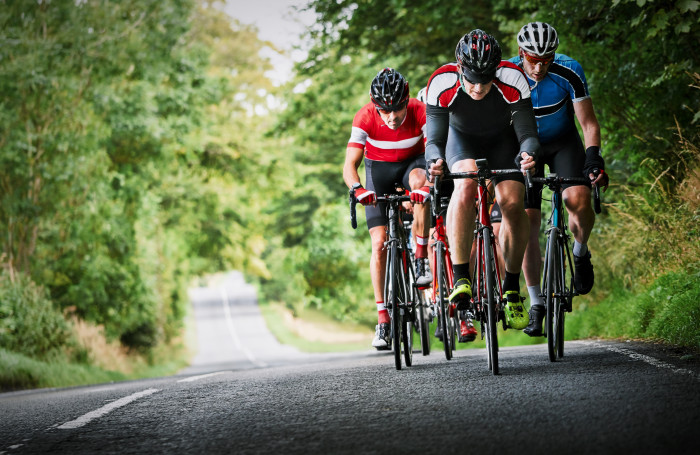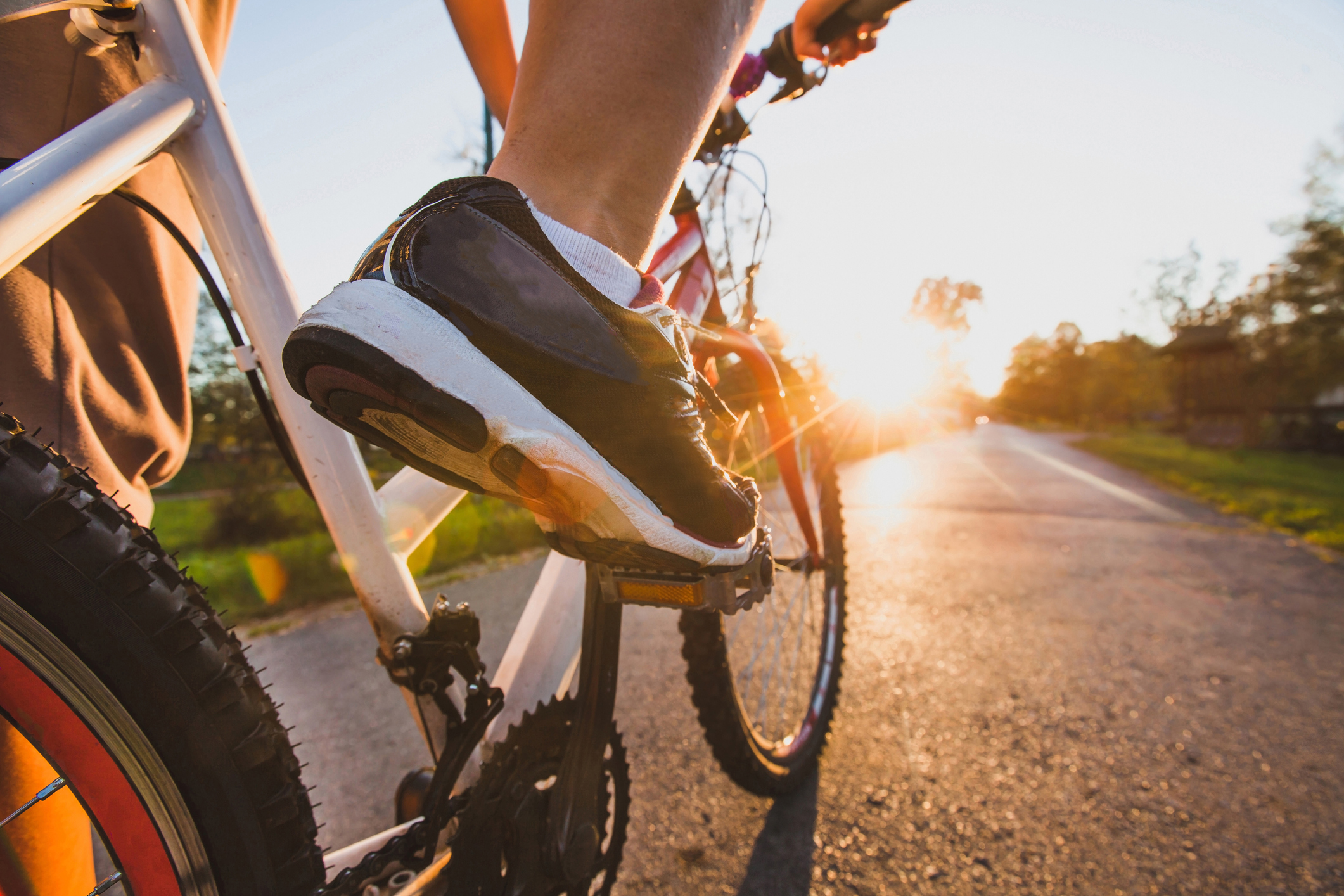
Training Doesn’t Make You Stronger — Recovery Does
From sofa to saddle again: the science of cyclist recovery.
Most cyclists focus on training plans, mileage, and power numbers. But the truth is simple: training alone doesn’t make you stronger. In fact, the rides that push you hardest are what break your body down. The real gains happen later — when you rest, refuel, and allow your system to adapt. Understanding the science of recovery, and how to apply it properly, is the key to becoming a faster, fitter rider.
The Science of Recovery
Every tough ride creates stress: muscles develop tiny tears, glycogen stores are depleted, and the nervous system takes a hit. Far from being a negative, this stress is what stimulates the body to adapt — but only if it’s given the right environment to do so.
- Muscle repair: Micro-tears in muscle fibres are repaired and reinforced during rest, leaving them stronger.
- Energy replenishment: Carbohydrate stores in the muscles and liver need to be restored to fuel the next effort.
- Nervous system reset: High-intensity rides tax the central nervous system, which controls everything from reaction time to coordination. Sleep and rest allow it to recover.
Put simply: ride hard without recovery, and you’re just digging a deeper hole. Ride hard and recover well, and you’ll climb out stronger.
Immediate Recovery: The First Few Hours
The window straight after a ride sets the tone for recovery. Neglect this, and you’ll feel the effects for days.
- Hydration: Replace fluids lost to sweat, and include electrolytes if it was a long or hot ride.
- Fuel: A mix of carbohydrates and protein within two hours helps replenish glycogen and kick-start muscle repair.
- Cool-down: A few easy minutes of pedalling, followed by light stretching, helps clear waste products and ease stiffness.
It’s not about elaborate rituals — just nailing the basics quickly.
Short-Term Recovery: The Next 24–48 Hours
Recovery doesn’t end when the ride file uploads. What you do in the following days matters just as much.
- Sleep: This is the single most powerful recovery tool. Growth hormone peaks during deep sleep, driving repair and adaptation. Aim for consistency, not just quantity.
- Active recovery: Gentle rides, yoga, or mobility work keep blood flowing without adding extra fatigue.
- Ongoing nutrition: Regular balanced meals with adequate protein, complex carbs, and micronutrients fuel the repair process.
This is where many cyclists fall short, either by cutting sleep or under-fuelling, which delays the bounce-back.
Long-Term Recovery: Beyond the Week
Recovery has to be built into the bigger picture, not just the hours after a ride.
- Rest days: Complete days off the bike are essential to allow the body to fully reset.
- Recovery weeks: Every few weeks, dial training volume down significantly to consolidate gains.
- Periodisation: Structuring training into blocks of work and rest ensures long-term progress without burnout.
Ignoring long-term recovery leads to chronic fatigue, declining performance, and eventually injury. Treat it as part of your plan, not an afterthought.
Common Pitfalls
Even experienced riders fall into traps that undermine recovery:
- Chasing mileage: Believing more is always better, riders pile on junk miles instead of letting the body adapt.
- Neglecting sleep: Late nights undo hours of good training. No gadget can replace proper rest.
- Over-relying on tools: Massage guns, compression boots, and ice baths can help, but they’re secondary to basics like sleep, nutrition, and hydration.
The fundamentals always come first.
Smarter Planning
Recovery is as individual as training. Data from heart rate variability, resting heart rate, or training apps can guide you — but listening to your body is just as important. Persistent fatigue, poor sleep, or irritability are all signs you’re under-recovered.
Build recovery in deliberately: schedule it like any other session, rather than squeezing it in when you’re exhausted. Think of it as training your ability to absorb training — a skill that separates consistent riders from those constantly sidelined by fatigue.
Cycling is as much about rest as it is about riding. Training sessions provide the stimulus, but recovery is where the gains are made. By understanding the science and putting the right strategies into practice — from immediate refuelling to long-term planning — you’ll return to the saddle stronger, fresher, and ready to perform.
Recovery isn’t wasted time. It’s the most important ride you’re not logging.
